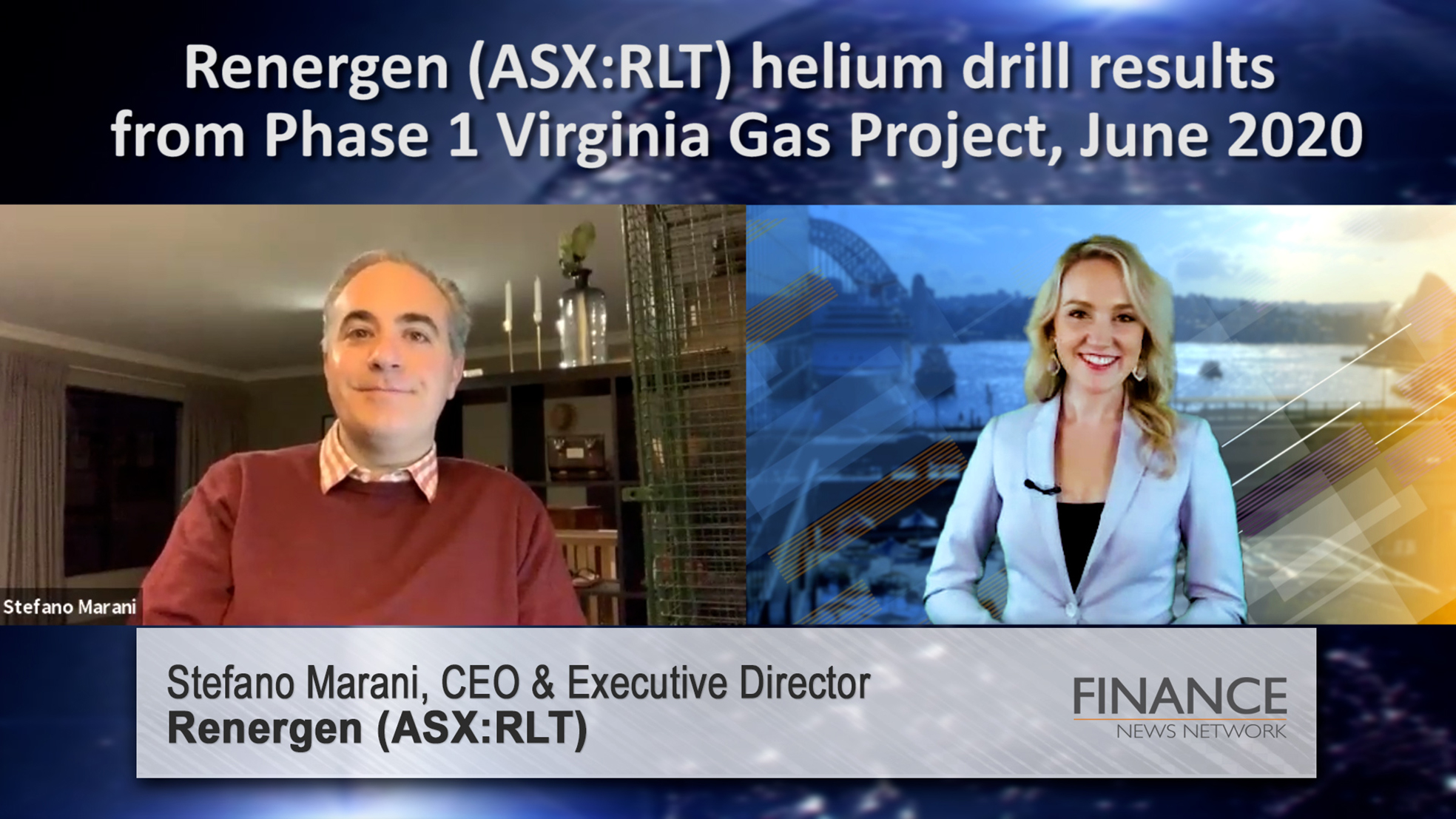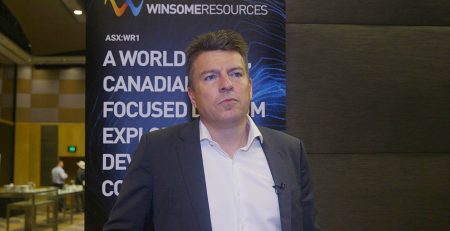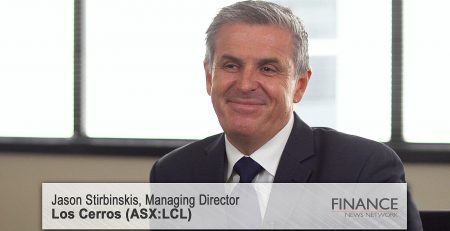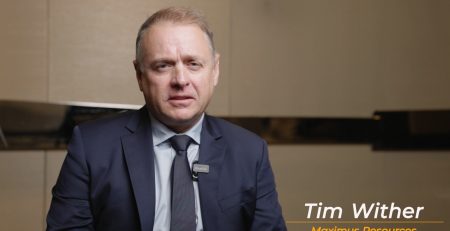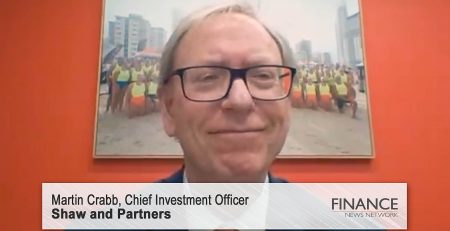Renergen (ASX:RLT) helium drill results from Phase 1 Virginia Gas Project
Renergen (ASX:RLT) Managing Director, Stefano Marani talks about its high concentration of helium from Phase 1 drill results at its Virginia Gas Field in the Karoo Basin, South Africa.
Katrina Bullock: Hello, Katrina Bullock for the Finance News Network. And joining me from Renergen this morning is managing directors Stefano Marani. Stefano, thanks so much for coming back to the network.
Stefano Marani: Thank you for having me.
Katrina Bullock: You've just announced a report by the University of Edinburgh regarding helium volumes at the Virginia Gas Project. Can you tell us more?
Stefano Marani: Yes. So we engaged with two of the world's foremost experts in isotopic analysis, particularly in regards to helium, from the University of Edinburgh, and they produced a report for us based on a lot of geological data that we managed to acquire over the past 12 to 14 months. And in essence, what it tells us is that given the high concentration of uranium and thorium sitting underground within our production right, over the last, call it, two billion years, a total amount of around between 253 and 426 billion cubic feet of helium has been generated through the radioactive decay of these metals. And that's all within our production right, which, obviously, is quite a considerable amount of helium.
Katrina Bullock: And to put these results into context, how does that compare to other global helium reserves?
Stefano Marani: So what you need to understand is that this is not a reserve nor is it a resource. This is part of an ongoing exercise which will help us identify the channels and the pathways where the helium has migrated within the reservoir. What is important about this, is that this is merely a tool to help us understand what exactly is sitting inside the field. However, 426 billion cubic feet is an enormous amount of helium. Even if only 10% of that remained behind in the field and was actually recoverable, that would still put us just behind Canada in terms of reserves. So it's a very, very significant number. Now bearing in mind that each one billion cubic feet of helium, based on the prices of the Helium Auction in 2018, attracted about 286 million us dollars. So it's quite a valuable commodity.
Katrina Bullock: So while it is still early days, how do you expect this to translate into proven reserves?
Stefano Marani: From here, we obviously have quite a bit of work that still needs to be done before this is going to get classified as a reserve. We need to identify the helium, we need to take all of the data that has been produced by Shango, and everything that we've accumulated from the drilling of the well in December, as well as the upcoming well. We've already engaged with MHA, who are part of Sproule, and they are working on this. And we're hoping that by September, we should be able to come to the market with an update on what the reserves look like based on all this information that I've mentioned.
Katrina Bullock: And now to the drill program, what have you learned about the best way to access the helium?
Stefano Marani: So, obviously, as has been mentioned before, the gas in our field comes up by via vaults and [inaudible 00:03:00]. So what's important about this is that unlike a conventional reservoir where you're drilling into a sandstone trap, here you've got these near vertical vaults and [inaudible 00:03:08]. And so what we're going to be doing now is that we're going to be drilling inclined wells to transect vaults and that should hopefully have a much higher degree of accuracy with regard to tapping the methane and moving forward.
Katrina Bullock: So last questions Stefano. Before we let you go, is there anything else you'd like to add?
Stefano Marani: Yes. So helium is, obviously, a very important element. Both from not only a scientific perspective, but also from a medical perspective. It's lifesaving both oncology, and now it's also proven useful in COVID. So helium is a critically important element to mankind. And we see this as being, as being proof to what will, hopefully, be a phase two for Renergen. Which will see Renergen in a position where it will cover, basically, any world shortages, and will see us become one of the major producers of helium in the future.
Katrina Bullock: Stefano Marani, thanks for the update.
Stefano Marani: Thank you very much.
Ends
Copyright 2020 – Finance News Network
Source: Finance News Network

